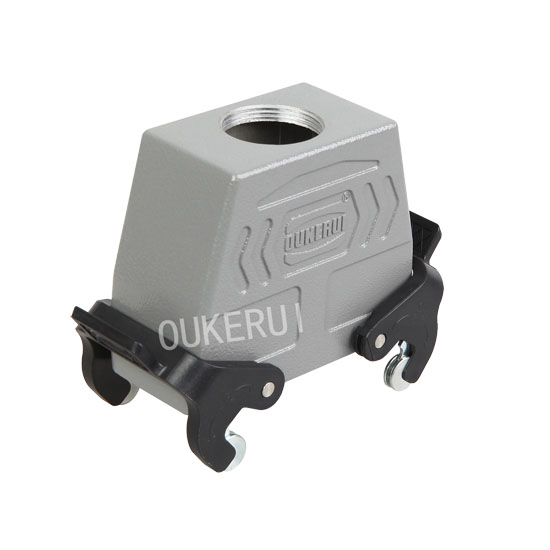Essential Safety Precautions When Working with Heavy Duty Connector Hoods
2024-07-11
Introduction
Heavy duty connector hoods are crucial components in industrial and commercial electrical systems, providing robust protection and ensuring reliable connections in demanding environments. However, working with these components requires strict adherence to safety protocols to prevent accidents and ensure the longevity of the connectors. This blog will outline essential safety precautions to consider when working with heavy duty connector hoods.
1. Understanding the Environment
Before starting any work with heavy duty connector hoods, it is essential to understand the environment in which they are being used:
- Hazardous Locations: Identify if the work area is classified as hazardous due to flammable gases, dust, or other potentially explosive materials. Use connectors that are rated for such environments.
- Moisture and Dust: Ensure the work area is clean and dry to prevent contamination of the connectors during installation or maintenance.
2. Personal Protective Equipment (PPE)
Wearing the appropriate PPE is vital for ensuring personal safety when working with heavy duty connector hoods:
- Gloves: Use insulated gloves to protect against electrical shocks and mechanical injuries.
- Safety Glasses: Protect your eyes from debris, dust, and accidental splashes.
- Protective Clothing: Wear clothing that covers exposed skin to protect against electrical burns and chemical exposure.
3. De-Energize Electrical Circuits
Always ensure that the electrical circuits are de-energized before working on heavy duty connector hoods:
- Lockout/Tagout (LOTO): Implement LOTO procedures to ensure that the electrical supply is turned off and cannot be accidentally switched on during maintenance.
- Double-Check: Use a voltage tester to verify that the circuit is de-energized before beginning any work.
4. Proper Tool Usage
Using the correct tools for the job is essential for both safety and efficiency:
- Insulated Tools: Use tools with insulated handles to prevent electrical shocks.
- Appropriate Size and Type: Ensure that you are using the correct size and type of tools for assembling or disassembling the connector hoods to avoid damage and potential accidents.
5. Follow Manufacturer’s Instructions
Adhering to the manufacturer’s guidelines ensures that the heavy duty connector hoods are installed and maintained correctly:
- Installation Manuals: Follow the installation manuals provided by the manufacturer to ensure proper assembly and sealing.
- Maintenance Guidelines: Regularly check the manufacturer’s maintenance guidelines to keep the connectors in optimal condition.
6. Ensuring Proper Sealing and Strain Relief
Proper sealing and strain relief are crucial to the safety and functionality of heavy duty connector hoods:
- Sealing Mechanisms: Ensure that gaskets, O-rings, and other sealing mechanisms are correctly installed and in good condition to prevent moisture and dust ingress.
- Strain Relief: Use appropriate strain relief fittings to prevent cable movement and tension, which can lead to disconnections or damage.
Conclusion
Working with heavy duty connector hoods requires a meticulous approach to safety to prevent accidents and ensure the reliable operation of electrical systems. By understanding the environment, wearing appropriate PPE, de-energizing circuits, using the correct tools, following manufacturer’s instructions, ensuring proper sealing and strain relief, conducting regular inspections and maintenance, handling components carefully, providing adequate training, and being prepared for emergencies, you can create a safer and more efficient working environment. Prioritizing these safety precautions will help protect personnel and maintain the integrity of your electrical systems.



